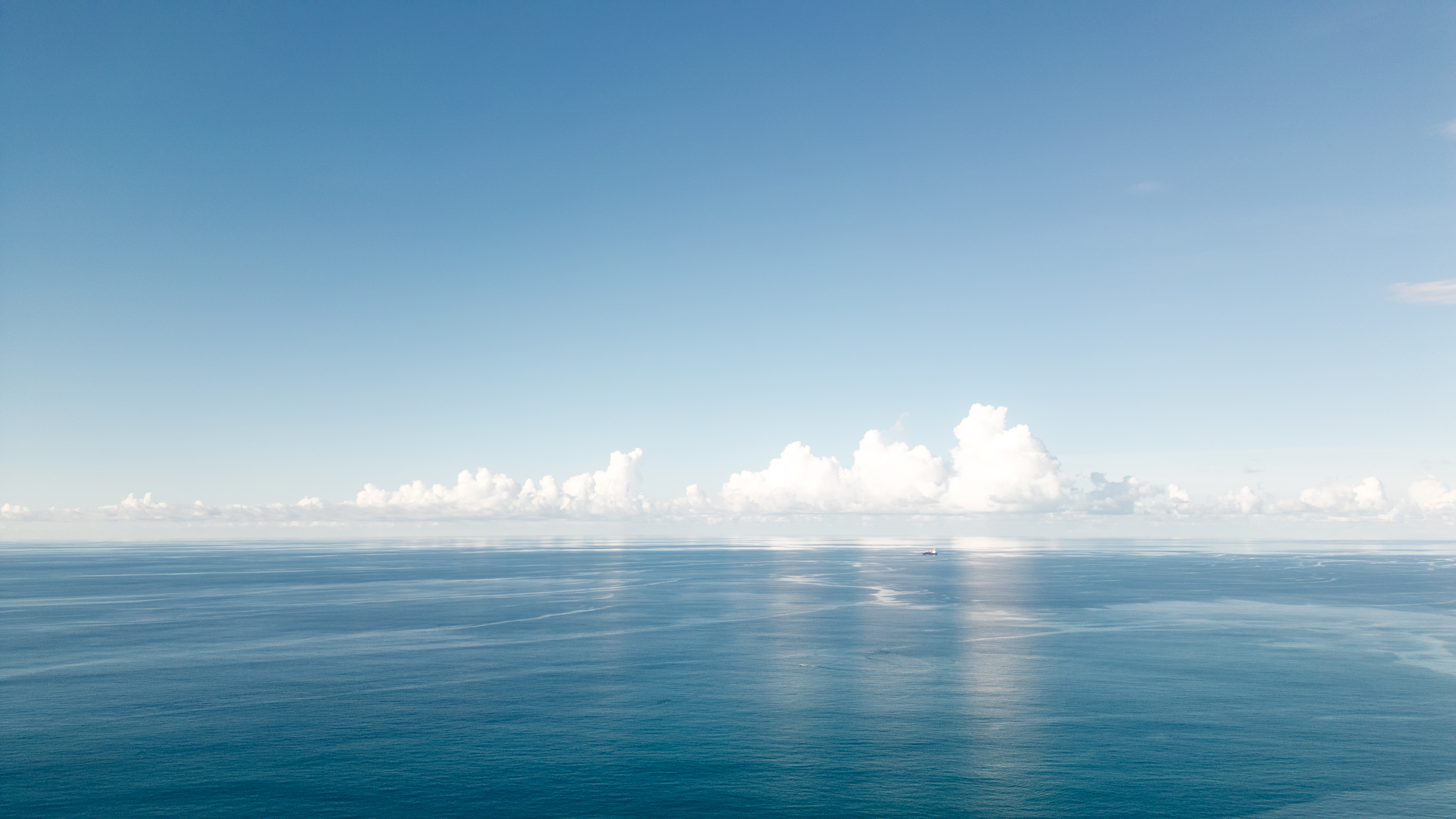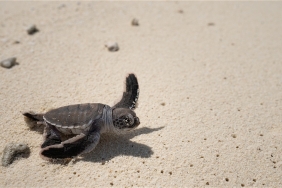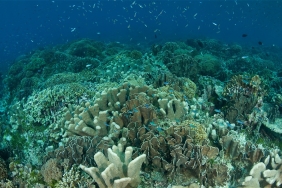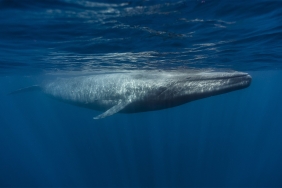WEST BALI COAST GREENED AGAIN
By: Syevira Citra
A bright blue sky accompanied the eager steps of the participants of the ""Field Trip to West Bali"" last Friday (26/9). A total of 52 participants were originally going to 'green' the coastal areas of West Bali with mangroves.
Participants of the trip that day were participants of the annual conference entitled ""WWF Asia-Pacific Growth Team (APGT) One Conference"". APGS is a synergy of WWF offices in Asia-Pacific countries in order to develop and implement regional development strategies for WWF in increasing funding from individuals, companies, and major donors in the region. A number of representatives from Singapore, Pakistan, China, Malaysia, Japan, Korea, Kenya, Hong Kong, Phillipine, Nepal, Indonesia, as well as several other Asia-Pacific countries participated in the conference series that took place from September 23-25, 2014.
In the hot sun and long distance, participants were still excited to go to the planting site in Sumberkima Village, Buleleng, West Bali. There, the participants were invited to do activities with fishermen groups assisted by WWF-Indonesia. The mangrove planting (My Baby Mangrove) that day was part of the My Baby Tree program in WWF-Indonesia's SBS (Sunda Banda Seascape) promotion plan area. Not only planting, the trip participants were also educated on how to name their own trees through a geo-tagging system that can be monitored virtually. The participants and two WWF Warrior supporters looked very enthusiastic, some of them even managed to plant more than one mangrove.
""Starting in Bali, it is hoped that other locations will open up and be increasingly recognized and assisted in conservation efforts by the wider community,"" said Devy Suradji, Marketing Director of WWF-Indonesia who was actively involved in the activity. ""Sumberkima itself is part of the West Bali National Park which used to have dense mangrove forests. The reforestation of this mangrove forest area helps to reduce the threat of abrasion that Sumberkima now faces."
Trin Custodio, one of the Phillipine participants, expressed his experience participating in the day's activities. ""This is the first time I've planted mangroves. It's not easy! There are a number of steps that we must know, such as the right time to plant, how to dig the surface of the coral which is quite hard, and how to properly place and plant mangrove seedlings."" He admits that he has become more appreciative of the community's work process in planting and monitoring the mangrove seedlings. ""I hope they will successfully plant and manage the targeted 16,000 mangrove seedlings here."
Prior to the mangrove planting, the participants visited the Turtle Conservation Education Center (TCEC) in Serangan, Bali. There, participants were given in-depth information about turtles, saw turtle nesting sites, and saw hatchling rearing ponds used for education and exhibition.
To participate in efforts to reforest the coast of West Bali and various other coastal areas whose environmental carrying capacity is currently vulnerable and critical, please open the link www.mybabytree.org.





